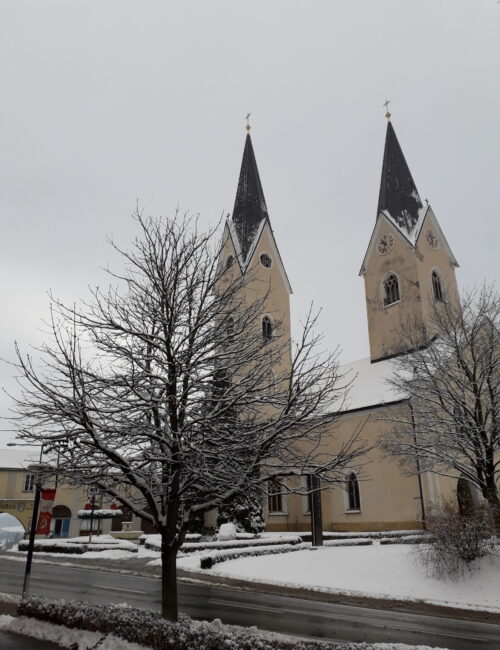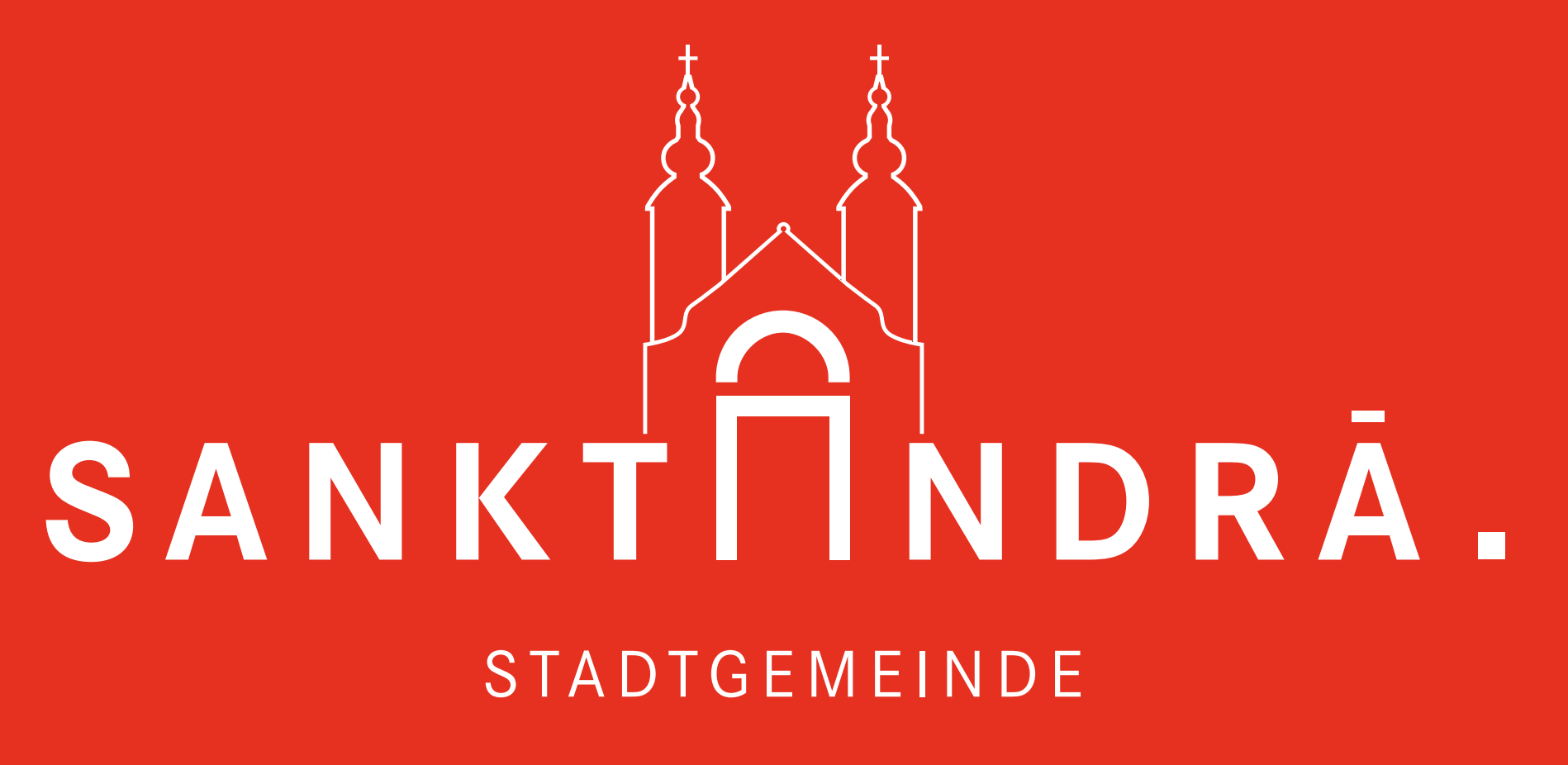Cathedral
The exact date of the construction of the Church of St. Andrew is unknown; however, there is justification to assume that it was built under Bishop Modestus as one of the oldest churches in the Lavant Valley.

During the 17th and 19th centuries, several internal and external architectural changes were made, such as raising all walls, adding cross vaults to the ceiling, and other modifications, transforming the church into a Gothic structure. The desire to give the main square, extending towards the north facade, a dignified conclusion led to the construction of a Gothic north tower and thereby the unconventional positioning of the two externally very similar towers. In addition, in 1876, construction began on the west facade with the addition of a porch consisting of three arcades.
Moreover, the originally three-aisled choir had its side choirs bricked up, a chapel was established on the north side, a sacristy on the south side, and simultaneously, the side aisles were raised. A later-added continuous roof, however, rendered the windows in the nave blind, significantly affecting the brightness in the 'Basilica.' Around the turn of the century, Dean Johann Ev. Tobeitz pressed for the renovation of the church building, especially the interior, leading to the installation of a new high altar (by M. Slama) in the early Gothic style.
Furthermore, in the chapel north of the west tower and in the north-side choir chapel, there are remnants of frescoes from the 15th and 16th centuries depicting the crucifixion of Jesus, impressive sculptures, and numerous remarkable tombstones of bishops and provosts of the Diocese of Lavant. These include, for example, the portrait tombstone of Bishop Laurenz Lichtenberger (1446), attributed to the work of Hans Eybenstock, or the tombstone of Leonhard von Kollnitz with a portrait of the knight from the year 1517.
A comprehensive exterior and interior renovation took place from 1962 to 1965 under Deacon Erwin Lemich. The roof, exterior facade, and towers were renewed. Inside, the early Gothic high altar received a reddish color tone adapted to the style, the choir windows were bricked up, the pulpit and Stations of the Cross images were removed from the church, and the side altars were redesigned.
Municipality St. Andrä
Lavanttal / Carinthia / Austria
St. Andrä 100
9433 St. Andrä
Tel: +43 (4358) 27 10 / 40
Fax: 43 (4358) 27 10 / 49
E-Mail: mailto:kultur@st-andrae.at

